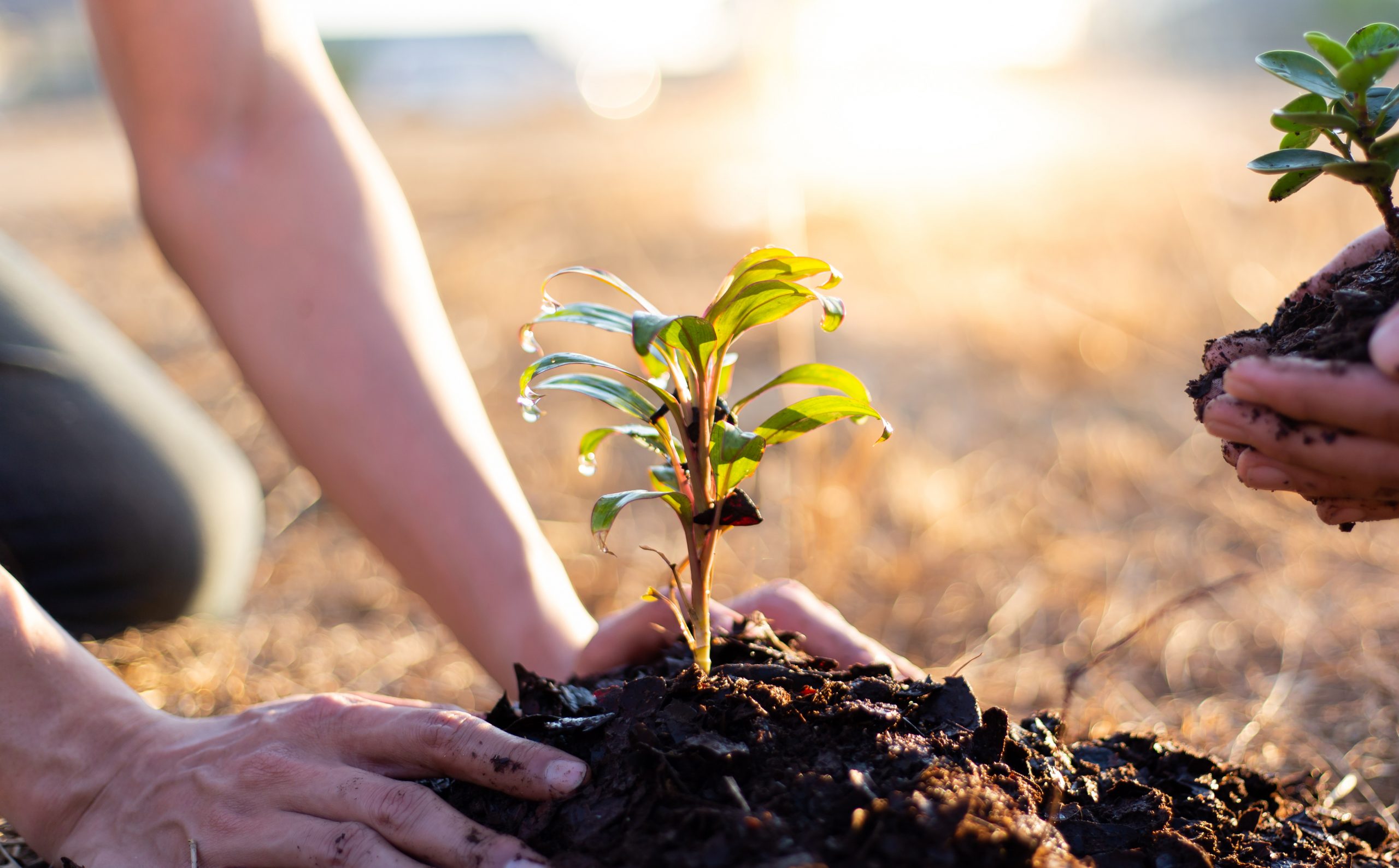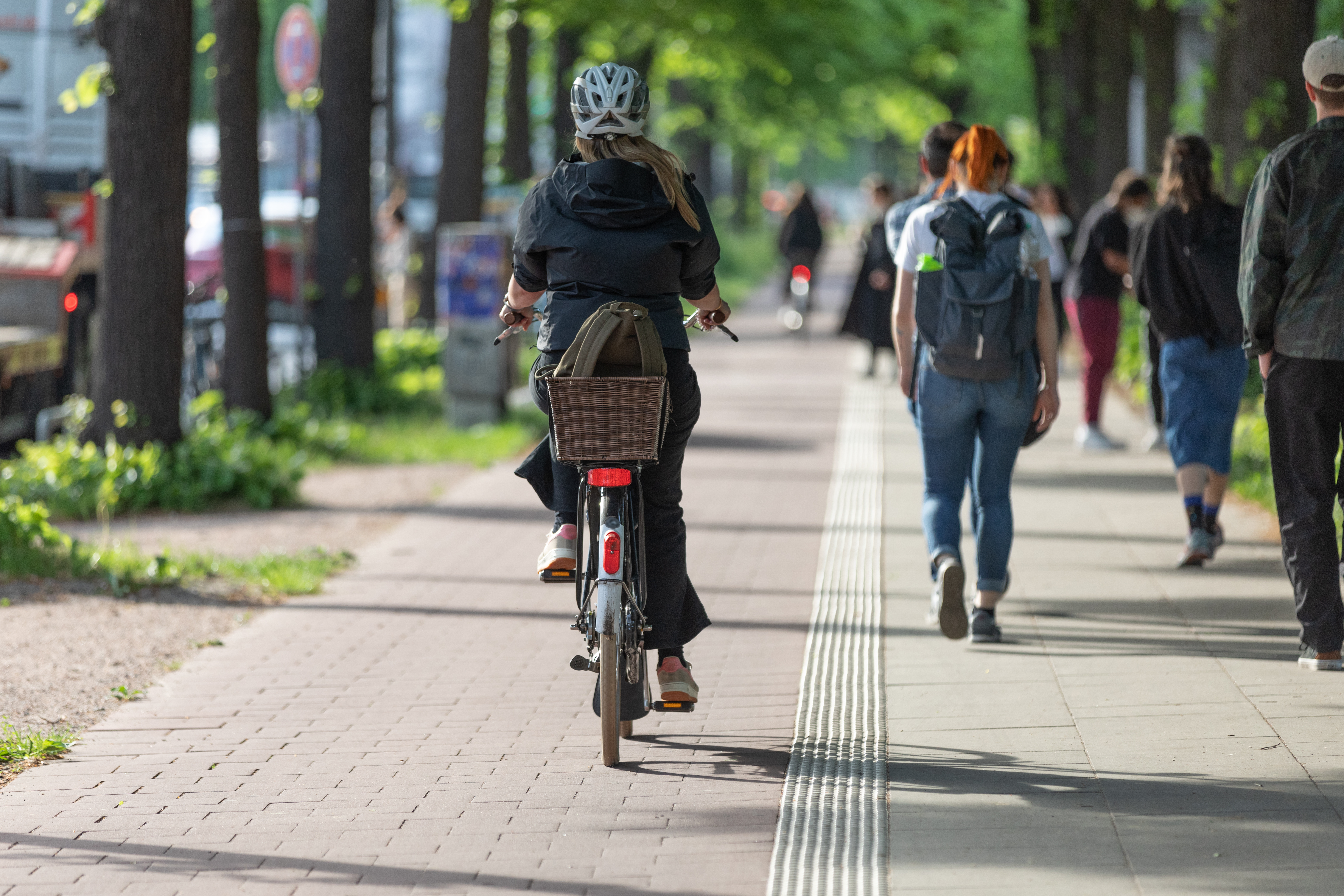Carbon Offsetting

Since COP26 you’ll no doubt have heard this phrase quite a lot, so, you may find yourself asking; what is carbon offsetting?
‘Offsetting’ involves permanently removing greenhouse gas emissions (CO2, methane, nitrous oxide etc) from the atmosphere, usually through creating or restoring habitats which absorb emissions, or through reducing the rate of emissions from degraded landscapes. These gasses all occur naturally but, human day-to-day activity accelerates the process to the point where action is needed from everyone to help reverse the damage.
How can we do this?
You can make small changes in your life, such as the way you travel. Choose more sustainable modes of transport to complete frequent or short journeys, such as cycling or walking. You can feel guilt free by using carbon-free modes of transport and gain some physical and mental health benefits in the process.
Using more sustainable methods of transport is a great way to reduce your carbon footprint, however, we appreciate that this is not always the most convenient. So, if this doesn’t suit your daily travel habits; you could offset your emissions instead:
Planting Trees
Trees store carbon through a process called photosynthesis, absorbing carbon dioxide through their leaves and turning them into sugars needed to grow. The carbon is stored in their branches, roots, and trunk, playing a key role in combating the effects of global warming. The vast deforestation happening affects the amount of carbon gasses across the globe being stored. To counteract this, we must plant more trees; a simple and easy way to contribute to reducing your own carbon footprint and play your role in protecting the environment.
If you can’t find the time to plant these yourself, charitable organisations can do this for you at a small fee. If you do have the time, visit Woodland Trust to browse the range available and most suitable for your area. Long-living native species such as oak and maple are some of the most effective at storing carbon dioxide, but you must choose carefully as these aren’t great for small spaces as they can grow to be very large!
It’s been estimated that we need to plant 1.5 billion trees to meet net zero emissions by 2050, so we need as many people planting as possible…
Two easy websites to help you towards planting trees are Treekly and Ecologi.
Direct Air Capture (DAC)
DAC is a revolutionary technology that cleans the air in our atmosphere. It works and looks like an air conditioning unit by sucking air through whilst extracting the CO2 which is then stored and recycled for other purposes or turned into stone which is then harmless to humans and the environment.
The Swiss company Climeworks has been developing this new technology for several years and are now building DAC plants in Iceland to offset carbon emissions.
Climeworks offer a membership for offsetting carbon emissions, branding you a ‘Climate Pioneer’ with a certificate if you pay a monthly fee for the company to extract x amount of CO2 emissions. They offer three options varying in price based on how much CO2 will be extracted in your name: Explorer, Discoverer and Special Expedition.
You can also work out the CO2 emissions of your frequent journeys via routezero (connected to Climeworks). The website calculates the CO2 emitted on a frequently made journey, estimates the cost, and provides you the option to offset the journey.
Why you should consider helping where you can
This isn’t something you are forced to do, but it’s great to contribute and do your part for the environment. Scientific studies indicate that by mid-century 10 billion tons of carbon dioxide will need to be removed from the air every year to reach the goal of becoming net zero. However, you can choose to offset or reduce your own emissions which will make a huge impact and hopefully influence others to do the same.
However you choose to offset or reduce your own emissions will make a huge impact and hopefully influence others to do the same.
To find out about how we contribute and plant our trees, make sure you check out our Treekly blog.










Related Posts